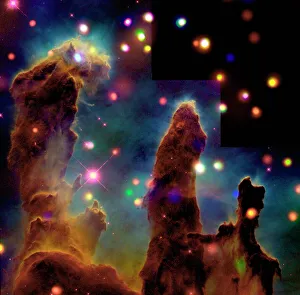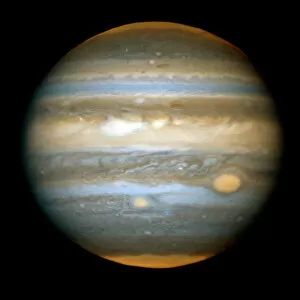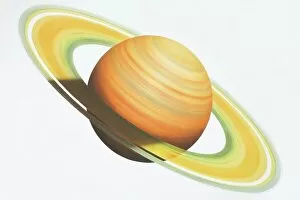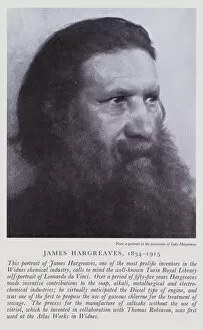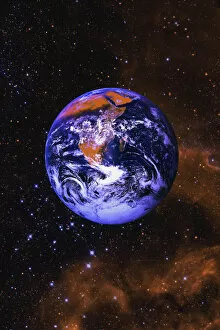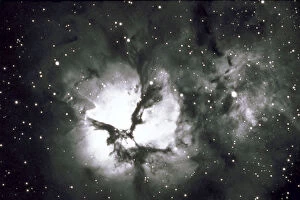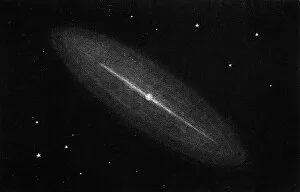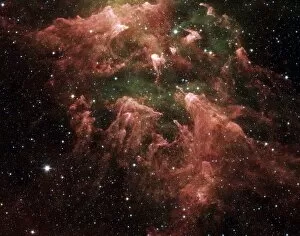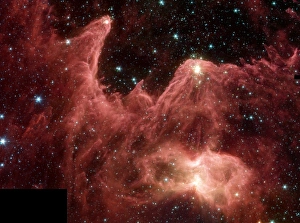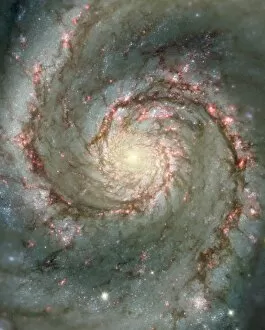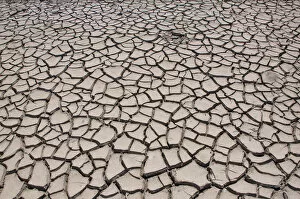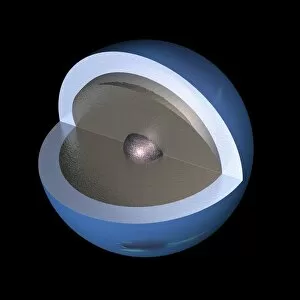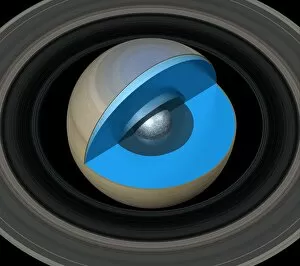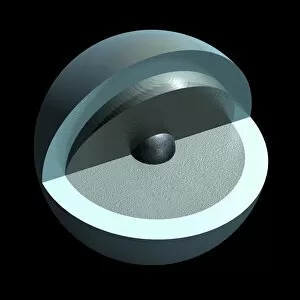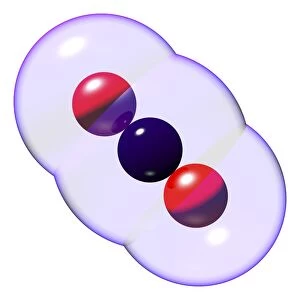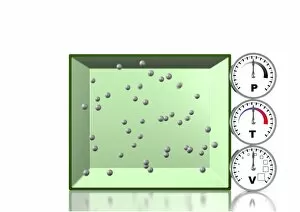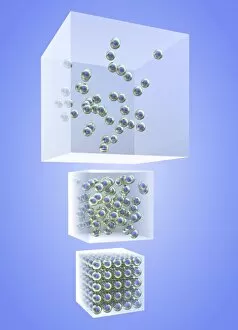Gaseous Collection
"Gaseous Wonders: From Pillars of Creation to Saturn's Imaginary Inhabitants" Step into the realm marvels, where the cosmos unveils its breathtaking secrets
All Professionally Made to Order for Quick Shipping
"Gaseous Wonders: From Pillars of Creation to Saturn's Imaginary Inhabitants" Step into the realm marvels, where the cosmos unveils its breathtaking secrets. Behold the ethereal beauty of the Pillars of Creation, celestial towers that birth new stars amidst a tapestry of cosmic dust. Journey further and witness Jupiter, a colossal giant adorned with swirling storms and mesmerizing bands. But it is Saturn that truly captivates our imagination. Illustrated in all its glory, this majestic planet showcases its iconic rings, an enigmatic dance encircling its gaseous form. Picture an imaginary inhabitant on Saturn's surface, a creature born from dreams and wonderment. From distant worlds to earthly wonders, explore Iceland's Svartsengi Geothermal plant as it feeds water to The Blue Lagoon – a famous outdoor spa nestled within nature's embrace. Transport yourself back in time to Hanworth Air Park in 1932 when the Graf Zeppelin D-LZ127 soared through the skies above. Delve into history with James Hargreaves' black-and-white photograph capturing moments frozen in time. Turn another page and find Victorian adverts from 1895 whispering tales of bygone eras filled with innovation and charm. In this captivating journey through space and time, we encounter Sir William Ramsey – a pioneer who unraveled mysteries hidden within gases themselves. His groundbreaking discoveries shaped our understanding of these elusive elements. As we gaze upon the vast expanse beyond Earth's boundaries, we are reminded that everything exists within a gaseous state at some point – even our beloved home planet transforms under certain conditions. Let your mind wander among galaxies painted across infinite canvases; let your spirit soar amidst lunar landscapes and nebulae ablaze with vibrant hues. Embrace the boundless sky sprinkled with countless stars as you venture deeper into outer space's enigmatic embrace.

